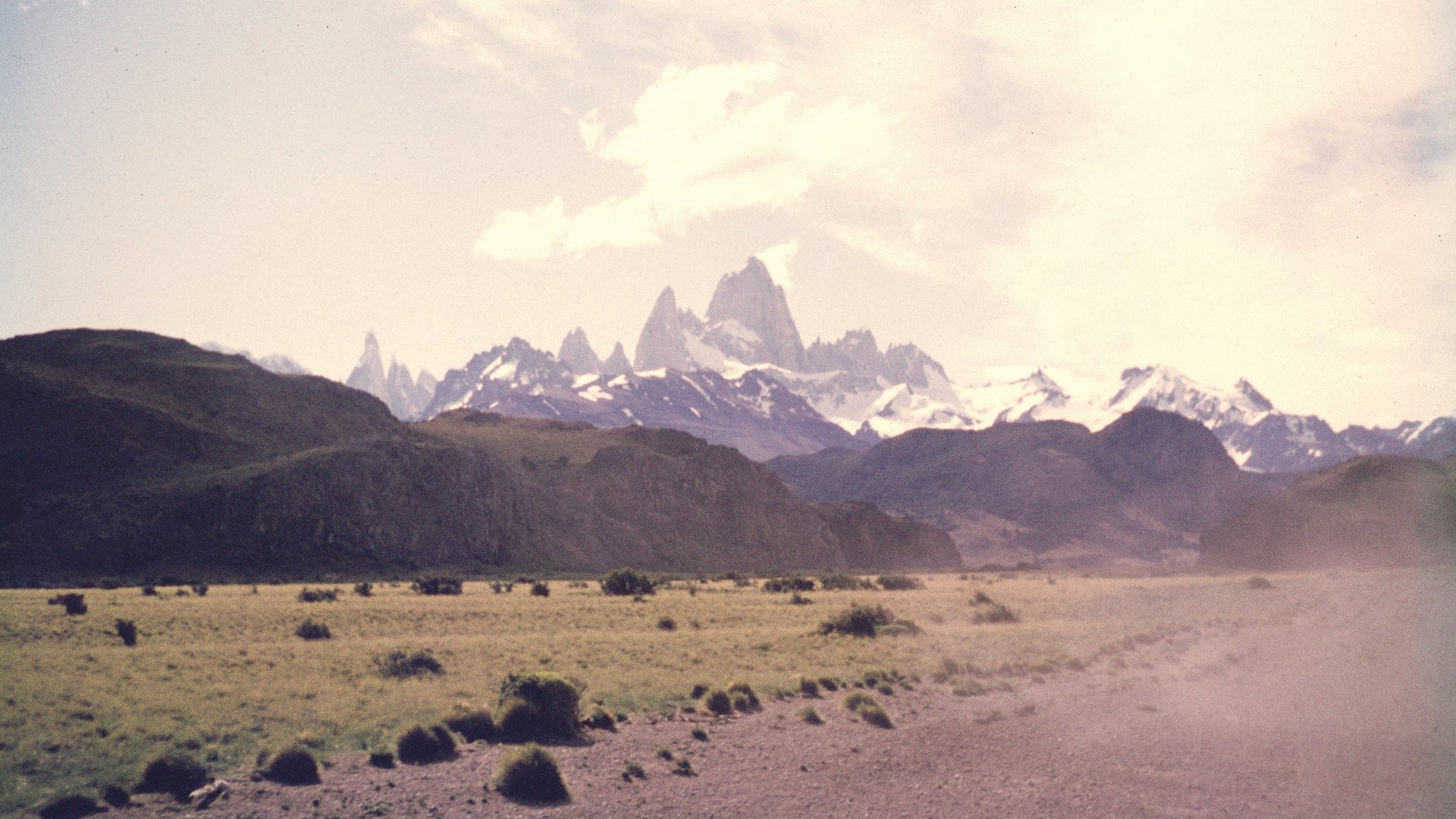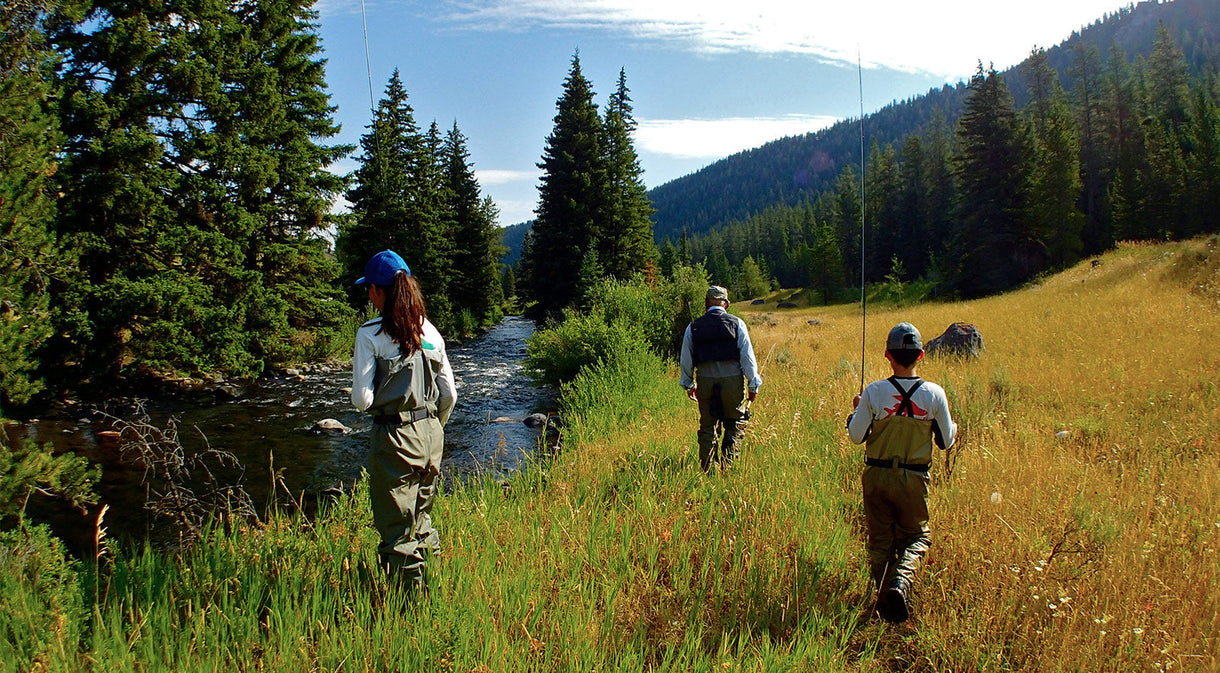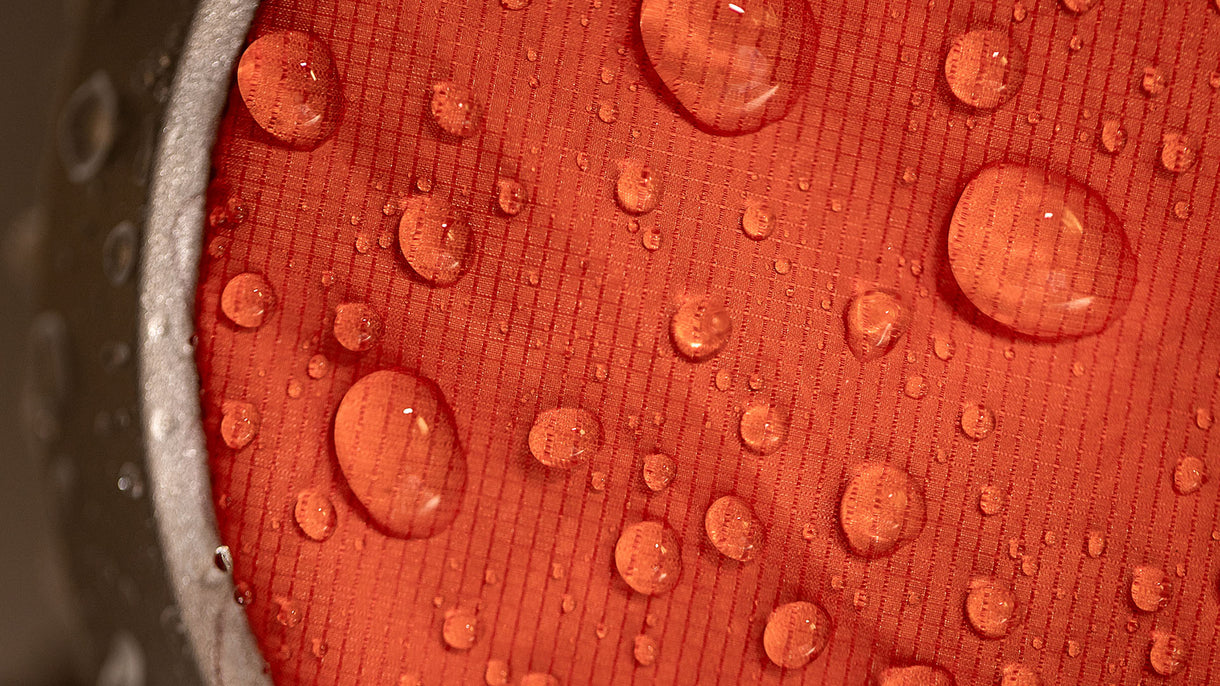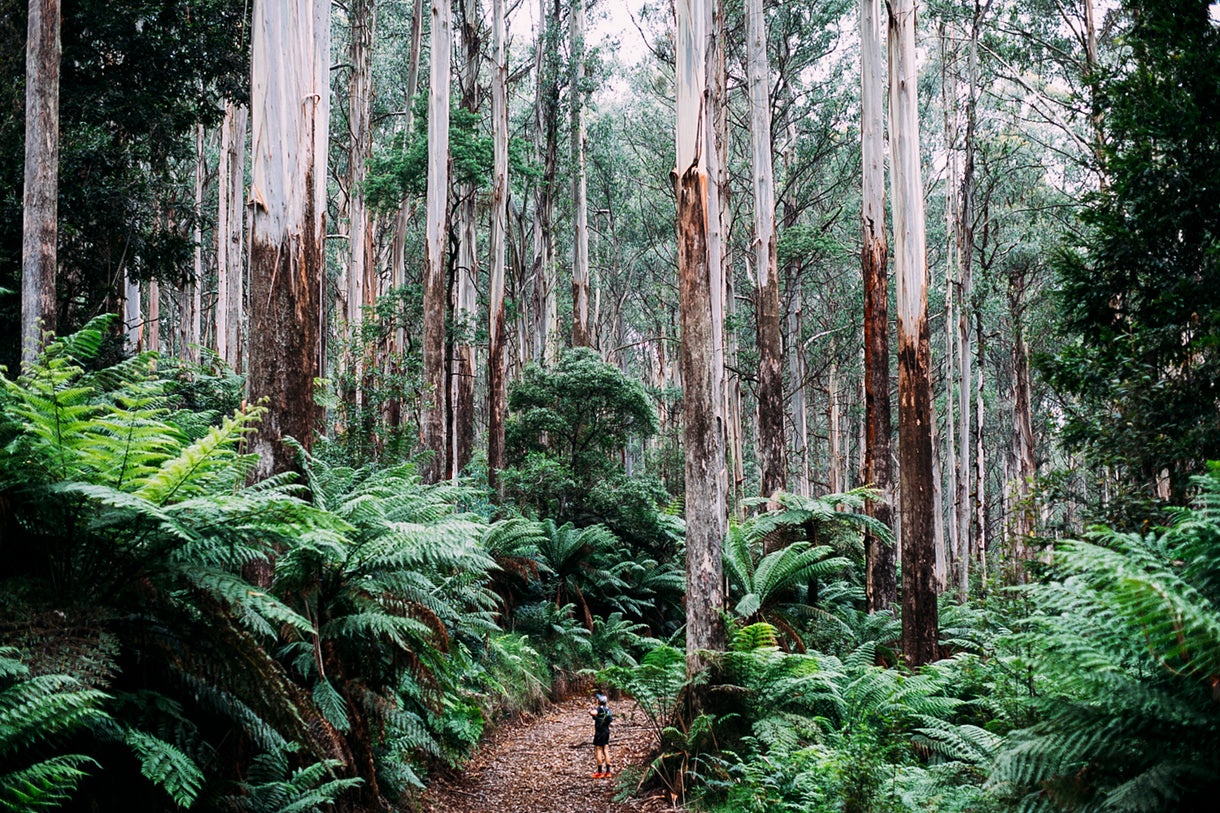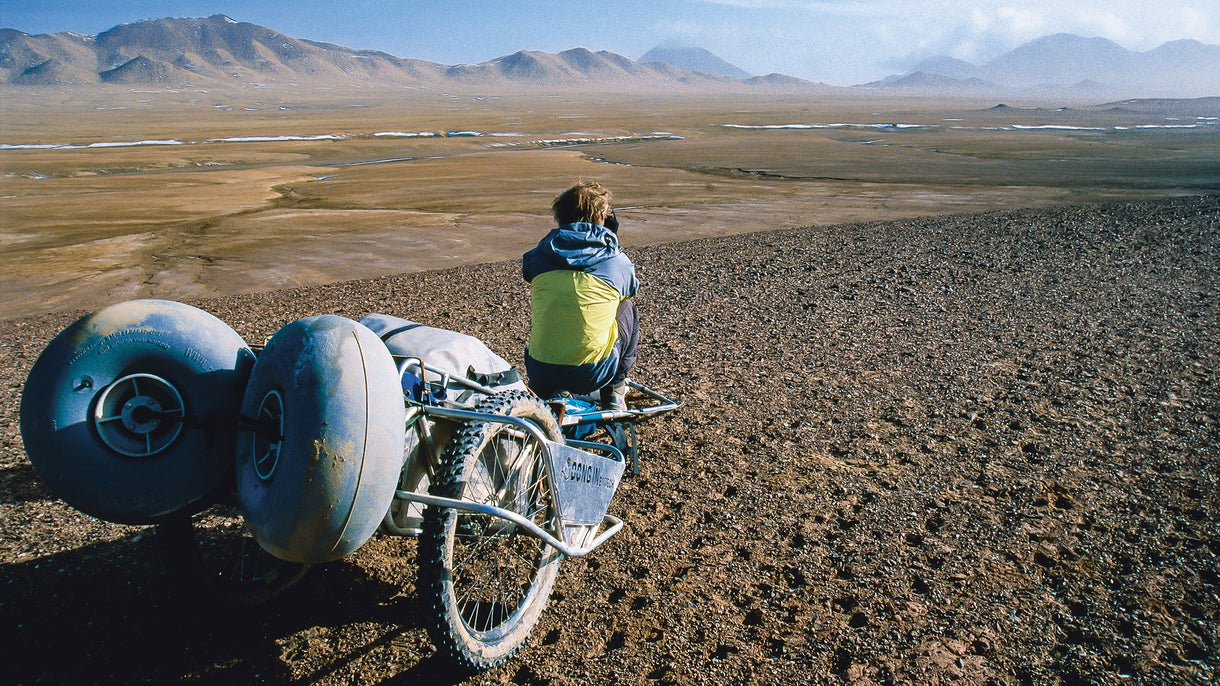Hungry for Big Adventure, I had failed to see the wildness present in my own backyard.
Editor's note: Back in 2008-2009, when blogging was our social media channel of choice, we asked friends and customers to share stories with us about their backyard adventures. The idea came from Dan Malloy who said in an interview at the time, “My goal these days is to tap into that traveling state of mind while I am home, to do things I have never done in my own backyard. There is more than a lifetime’s worth of amazing things to see and do and learn here. For me it is about becoming creative enough to tap into it.” As we relearn how to travel safely in a COVID-19 world, stories like this one, first published on August 06, 2009, resonate more than ever.
The message of Ernest Atencio’s “Little Wild Places” has stuck with me since I first read it in a Patagonia catalog years ago. As a teenager hungry for Big Adventure, I had failed to see the wildness present in my own backyard. After reading that essay, it was if reptilian scales had been peeled from my eyes. For the first time, my backyard came alive with wildlife – horned lizards, orioles, finches, robins, kestrels—and a stone wall to boulder on, even if it did take a little imagination. It was enough to fill my soul with hope and contentment. Big Adventure, I found, was anywhere you were willing to look.
Since then, I have graduated college, gotten married, earned a Ph.D., become a father, and purchased a home in urban southern California. As I sit here looking out my window on a January day, I am reminded to look for the beauty and Big Adventure in those Little Wild Places. If I were to go in my immediate backyard, I could show you where to find alligator lizards, or show you the group of jays that lives in the pine tree next door.
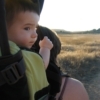 Owen & Stephanie Russell at the Santa Rosa Plateau Ecological Reserve near Murrieta, CA. Photo: Brent Deschamp.
Owen & Stephanie Russell at the Santa Rosa Plateau Ecological Reserve near Murrieta, CA. Photo: Brent Deschamp.
On weekends, my wife and I do our best to be outside. Our son is almost one year old, and although we feel a deep desire to instill the sense of wonderment we have in the outdoors in him, we also are fulfilling our need to venture to our expanded backyard. Strapping him into the child carrier, we head to the mountains, the beach, or the desert. Upon moving to southern California from Wyoming six years ago, I was fearful that we could never be alone—that we would never find the Little Wild Places that Ernest Atencio wrote about. Not so. Little Wild Places and that sense of hope and wonderment are there; all we must do is give them a chance to come out from hiding.
Even near an urban center of millions of people, my family and I have found Little Wild Places that are quiet and – at least at the time we are there – are all our own.
Big Adventure is all around us. This is a perfect time to put special emphasis back on finding your own Little Wild Place.
Here’s an excerpt from Ernest Atencio’s essay, “Little Wild Places” from Patagonia: Notes from the Field. A link to the full essay follows the excerpt:
The barrier some people see between urban and rural issues, urban and rural lifestyles, is artificial. We can no longer hide form what lies upwind, upstream, or lurks somewhere in the food chain.
As the urban/rural boundary has blurred over the years, I’ve come to see that growing up in the city had its rewards. The inner-city life has adventures all its own, but I was also lucky to grown up in the city when I did, when there was still some open space around – untended little wild spots, overgrown orchards, vast open fields that seemed to stretch forever without a building, dense arbors in urban parks where we could hide securely from school and cops. We even used to swim without fear in urban lakes or in the abandoned gravel pit down the road that had filled with water. Maybe it was just the innocence and faith of youth, but I think the water was relatively clean back then. There were outdoor adventures – little and urban, but adventures nonetheless – to be had around every corner.
One cold, snowy day my friend and I chose to stay out and confront the elements rather than school. We found ourselves huddling in a cave formed by the snow-laden limbs of an overhanging pine tree in the park. We were fifty feet from a busy street, the public library was a stone’s throw in the other direction, yet we managed to turn the day into a wilderness survival epic. Poorly prepared for the wintry outdoors in our thin cotton Army-surplus jackets, but with plenty of matches for cigarettes (and other things), we gathered up enough dry wood for a small fire. We passed the entire day hunkered like feral humans around the fire, feeling the solid satisfaction of having come to terms with the elements and, I’ve always thought, each of us imagining ourselves around a campfire of yore in another time out on some remote frontier.
A rudimentary sense of connection with the big wild earth crept into my awareness with this and other experiences. . . . And I’ve come to realise, all these years later, that they are the seeds of inspiration for the work I do to protect wild places.”
Read all of Ernest Atencio’s “Little Wild Places”
Banner image – Photo: Kyle Sparks.
____________________________________________________________________


